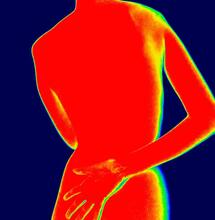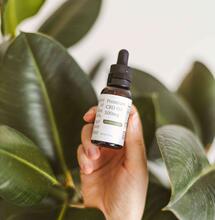The Entourage Effect

Research into the medicinal effects of THC and CBD has revealed their usefulness for a growing list of health issues.
However, pure THC and CBD extracts may not always offer the best results. Many researchers believe that better results are produced when they are administered together or combined with other cannabis cannabinoids, terpenes and compounds. These products are known as "full-spectrum", and the results are known as the entourage effect.
When multiple cannabis compounds are combined, the medicinal effects may alter or be enhanced. Flavours and psychoactive capacities may also be influenced, creating different products with characteristics that can vary distinctively. The entourage effect can cause properties to emerge that you would not get from pure THC or CBD.
Many believe that the entourage effect can increase the medicinal use of THC and CBD dramatically. This is achieved via the magnification of their known effects or through the expansion of their therapeutic usefulness.
Therapeutic effects of cannabis originate from its ability to bind with naturally occurring endocannabinoid receptors in the brain and central nervous system. The endocannabinoid system present in humans is designed to link with natural cannabinoids produced by the body. However, compounds found in cannabis plants can bind with these receptors just as efficiently. Health benefits abound when humans consume high-quality medicinal cannabis, and the entourage effect may be one of the reasons for this.
Currently, most research into the entourage effect has focused on the interactions between THC and CBD, significantly how the presence of CBD may affect THC.
In a 2010 clinical trial using the pain reliever Sativex containing a balance of THC and CBD, Sativex was given to individuals with cancer-associated pain. Some other patients were given pure THC extract, and others were given a placebo.
In the results, Sativex was found to offer a significant pain-killing effect in 40 per cent of patients who took it. This was versus the same results in 20% of patients taking the pure THC extract, even though the THC content of each preparation was identical.
The only way to explain this was that the CBD was increasing the pain-relieving potency of the THC. Further research indicates that Sativex does not produce the psychotic side effects experienced occasionally by some patients who regularly consume pure THC.
A 2016 study compared the experiences of cannabis users who smoked pure THC to those who smoked cannabis products, including both THC and CBD. Those who consumed pure THC were reported to experience memory problems and other cognitive issues associated with the compound.
Those who smoked THC and CBD together, however, experienced no such issues. In explaining these results, researchers credit it to CBD's capacity to either moderate or intensify the binding of THC with the cannabinoid receptors located in the brain.
Currently, research into the effects of cannabinoid-terpene combinations is less extensive. One 2018 study, however, did show that pure CBD extracts were far less effective in reducing seizures in patients living with Epilepsy than extracts that included a mixture of cannabinoids and terpenes. Seventy-one per cent of those who took the mixed preparation had fewer seizures. In comparison, only 46 per cent of those who took pure CBD saw the same results.
Lab studies will hopefully one day prove the existence of the entourage effect without a doubt. Whilst that day has not yet arrived; the research strongly suggests the evidence is beginning to build. This is alongside the growing amount of anecdotal evidence from users whose experiences vary massively based on the chemical composition of the cannabis products they have been using.








